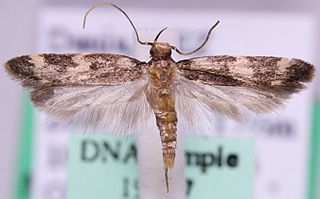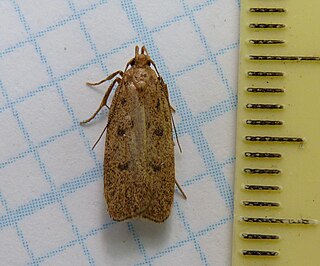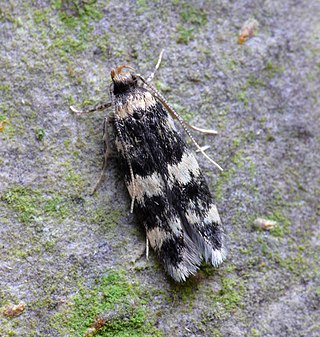
In ancient Roman religion, Ceres was a goddess of agriculture, grain crops, fertility and motherly relationships. She was originally the central deity in Rome's so-called plebeian or Aventine Triad, then was paired with her daughter Proserpina in what Romans described as "the Greek rites of Ceres". Her seven-day April festival of Cerealia included the popular Ludi Ceriales. She was also honoured in the May lustration (lustratio) of the fields at the Ambarvalia festival: at harvest-time: and during Roman marriages and funeral rites. She is usually depicted as a mature woman.

Ceres is a dwarf planet in the middle main asteroid belt between the orbits of Mars and Jupiter. It was the first asteroid discovered on 1 January 1801, by Giuseppe Piazzi at Palermo Astronomical Observatory in Sicily and announced as a new planet. Ceres was later classified as an asteroid and then a dwarf planet, the only one always inside Neptune's orbit.

The Toyota Sprinter Marino is a four-door hardtop version of the Toyota Sprinter sedan produced between 1992 and 1998 for sale in Japan. The Toyota Corolla Ceres is a slightly restyled version of the Sprinter Marino, as was common practice by Japanese automakers in the 1980s and 1990s.

The four-spotted yellowneck, also known as the leaf litter moth, is a species of gelechioid moth. It is native to Western Europe, from France to Belgium, Germany and Austria, south to the Iberian Peninsula, and north to Ireland, Wales and England. Older sources claim its range to extend further eastwards, but this seems to be based on misidentifications of related and very similar species. It is also found in southern Canada and throughout the United States.

Oegoconia novimundi is a moth of the family Autostichidae. It is found in Spain, France, Germany, Austria, Slovakia, Belgium, Croatia, former Serbia and Montenegro, Italy, Bulgaria, Hungary, North Macedonia, Greece and on Corsica and the Azores.

The Symmocinae are a subfamily of moths in the superfamily Gelechioidea. These small moths are found mainly in the Palearctic and Africa.
Oegoconiinae is a subfamily of moths in the family Autostichidae.

Oegoconia caradjai is a species of gelechioid moth. It is known from most of Europe, except Fennoscandia and the north-east. It is also found in New Zealand, as an established exotic.

Oegoconia deauratella is a species of gelechioid moth. It is known from most of Europe, as well as North America, where it has been recorded from Québec, Ontario and Michigan.
Apatema parodia is a moth of the family Autostichidae. It is found in Spain and Morocco.
Oegoconia annae is a moth of the family Autostichidae. It is found on Sardinia.
Oegoconia huemeri is a moth of the family Autostichidae. It is found in Croatia, Italy, Switzerland, France, Spain and on Sicily.
Oegoconia deluccai is a moth of the family Autostichidae. It is found on Malta and Gozo, which is part of Malta.
Oegoconia ariadne is a moth of the family Autostichidae. It is found on Crete and the Dodecanese and Aegean islands.
Oegoconia uralskella is a moth of the family Autostichidae. It is found in France, Switzerland, Germany, Austria, Italy, Hungary, Slovakia, the Czech Republic, Bulgaria, Greece, Russia and on Corsica and Sardinia.

Autostichidae is a family of moths in the moth superfamily Gelechioidea.

Oegoconia is a moth genus in the family Autostichidae.
Oegoconia meledantis is a moth in the family Autostichidae. It was described by Edward Meyrick in 1921. It is found in South Africa.
Oegoconia praeramis is a moth in the family Autostichidae. It was described by Edward Meyrick in 1918. It is found in Sri Lanka.
Oegoconia syndesma is a moth in the family Autostichidae. It was described by Edward Meyrick in 1926. It is found in South Africa.








